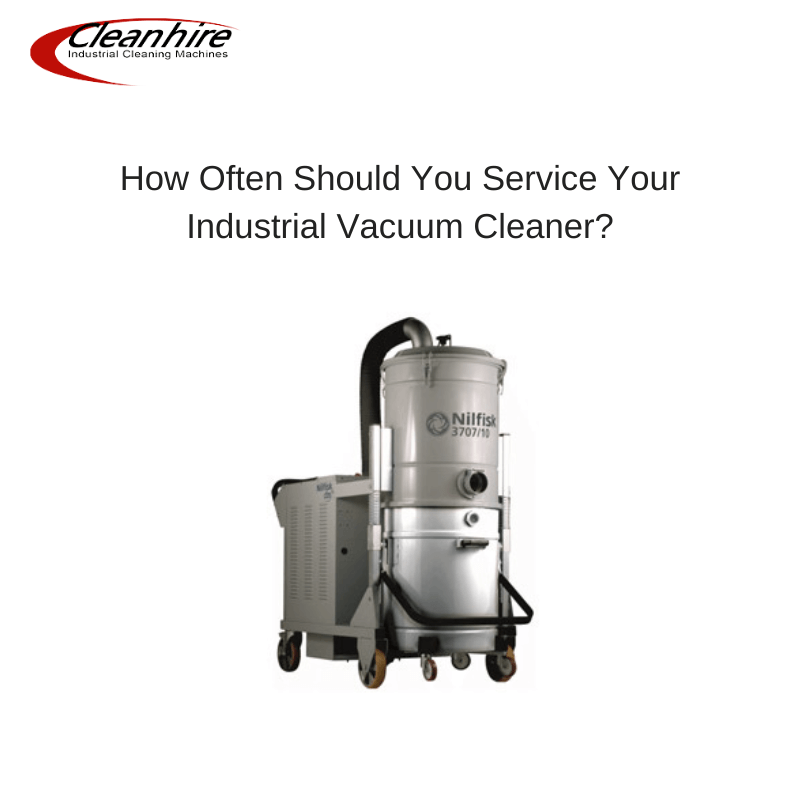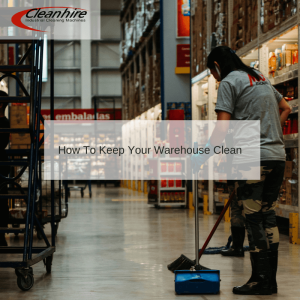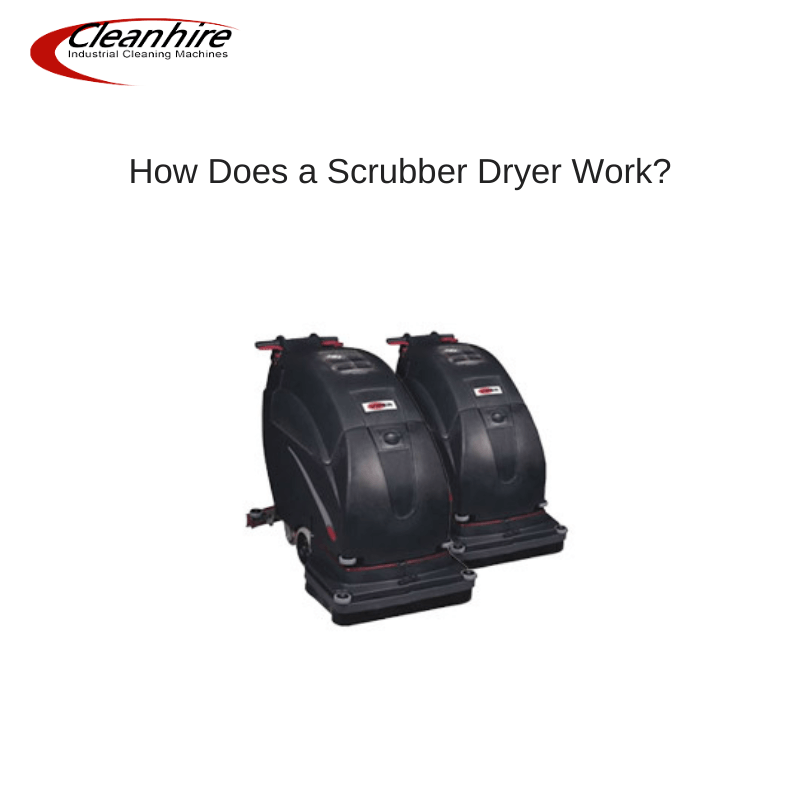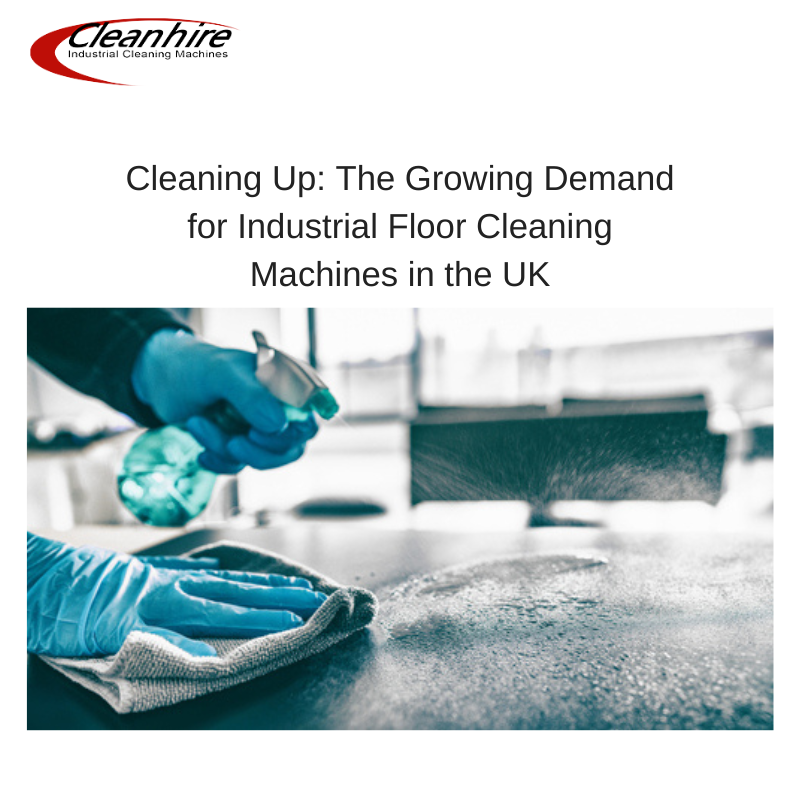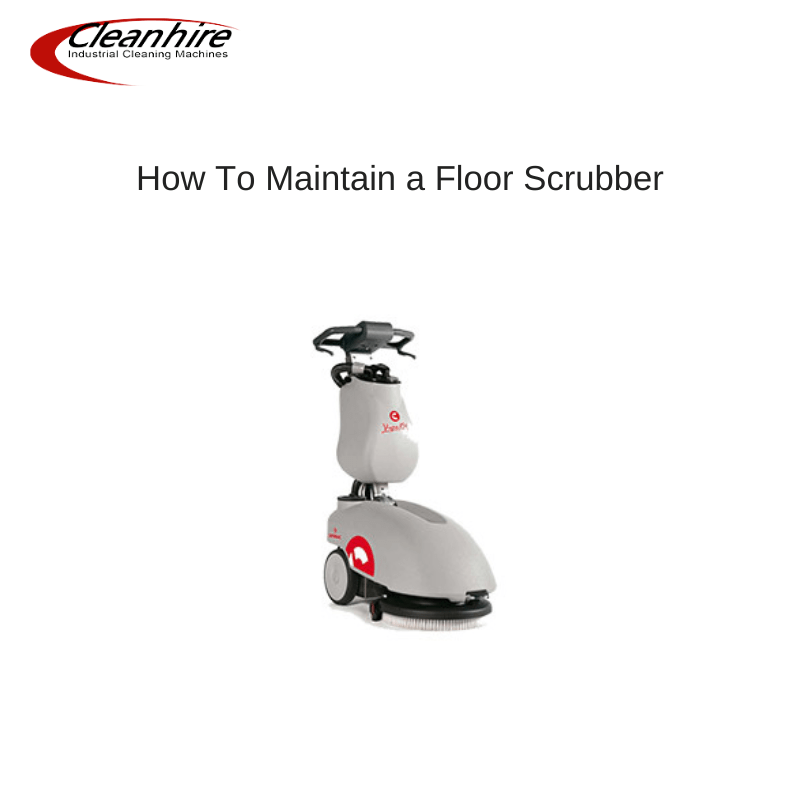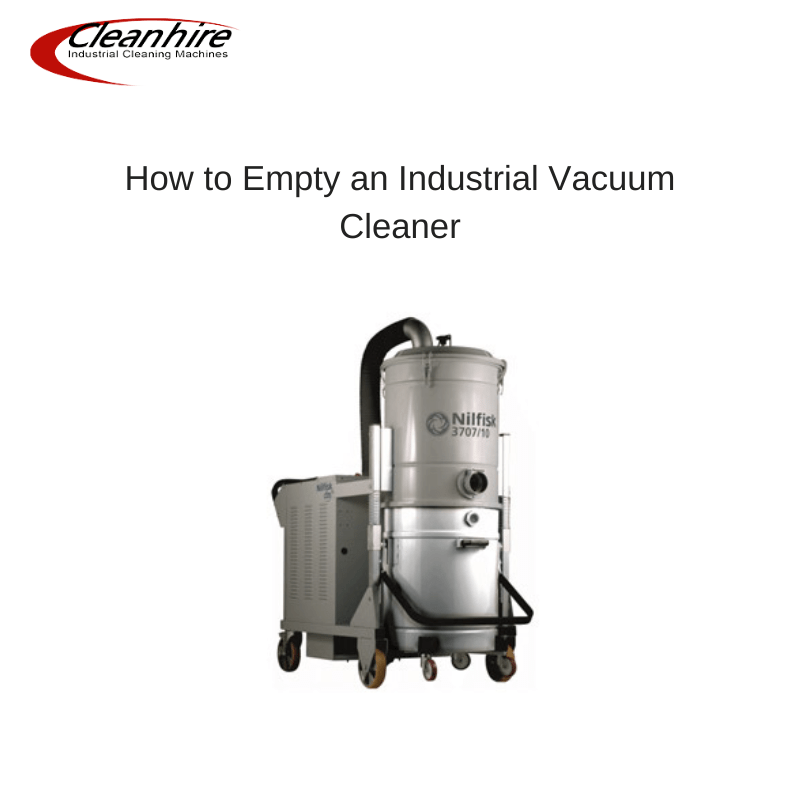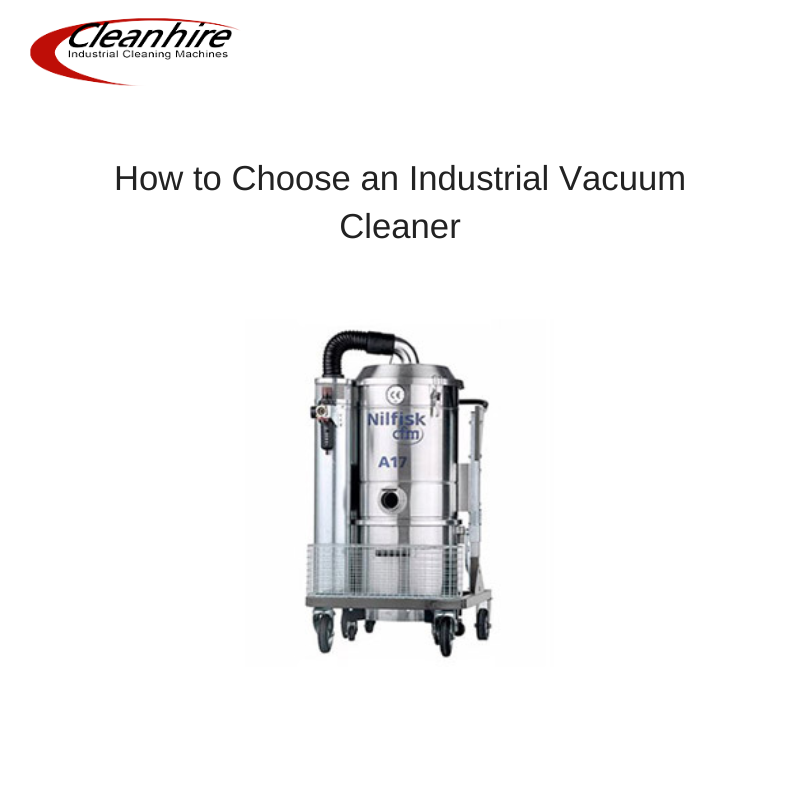Choosing the right industrial floor cleaning equipment affects how clean your facility stays, how safe it is, and how well everything runs. Poor decisions here lead to damaged floors, upset staff, and surprise costs that go way beyond your original budget.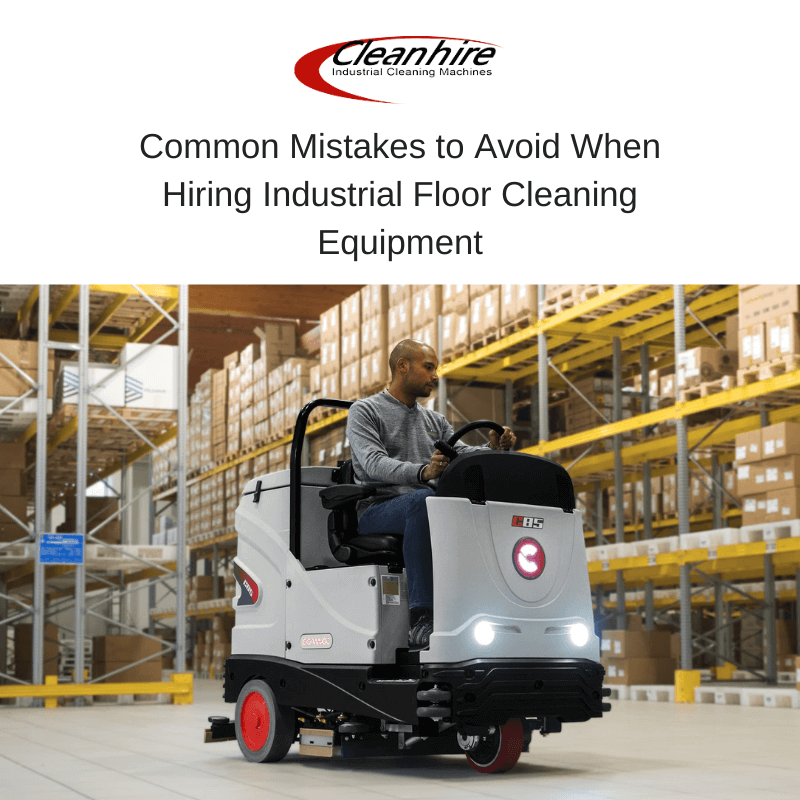
Most facility managers learn these lessons the hard way. They find out too late that their quickly chosen equipment can’t handle their specific floor type, needs expensive specialist chemicals, or comes with hidden maintenance costs. These problems don’t just mess up your cleaning schedule they can disrupt your entire operation and hurt your business reputation.
This guide shows you the most common problems businesses face when hiring industrial floor cleaning equipment, helping you make smart choices that protect both your facility and your budget.
Choosing Equipment That Doesn’t Match Your Needs
Picking equipment based only on price or what’s available right now is one of the costliest mistakes you can make. Rushed decisions and not understanding what your facility needs usually cause this problem.
Different industrial floors need different treatment. A polished concrete warehouse floor for example, needs different care than a textured safety floor in a factory. Whereas small retail spaces need different equipment than huge distribution centres. Yet many businesses end up with machines that are either too powerful for their space or not nearly strong enough. Poor equipment selection creates lots of problems that show up immediately in your cleaning results.
Undersized machines leave floors poorly cleaned, which might break health and safety rules. Oversized machines waste money and can damage delicate floors. Wrong brush types scratch surfaces, while weak suction leaves residue that makes floors slippery and dangerous. Before hiring anything, take a good look at your facility. Think about what your floors are made of, how much space you need to clean, how often you clean, and any obstacles that might get in the way.
Match these needs exactly to what the machine can do, such as the tank size, brush width, and motor power. Ask potential suppliers to come and do a site visit if you are unsure. Reputable companies like us here at Cleanhire UK will check what you need before suggesting equipment.
Operator Training and Site Preparation Problems
Most businesses think industrial floor cleaning equipment is easy to use, so they skip training. Time pressure makes this worse, and managers want the equipment working straight away rather than spending time on proper preparation. Operators who don’t get appropriate training use wrong techniques, set the wrong pressure, or don’t understand safety rules.
Poor site preparation makes things worse. Debris left on floors damages equipment, and not checking properly beforehand might miss dangers like loose tiles or electrical problems. The results stack up quickly, with more accidents happening and cleaning becoming less efficient. Equipment wears out faster than it should, staff get upset with poor results, and you might face legal problems if someone gets hurt using equipment they don’t understand.
Make good operator training part of your hire deal. This should cover how to use the machine, safety procedures, basic maintenance, and troubleshooting procedures. Get your facility ready before equipment arrives by clearing debris, spotting potential dangers, and making sure you have good lighting and ventilation.
Wrong Settings and Chemicals
Equipment settings might look like small details, but getting them wrong causes big problems. Water pressure, brush speed, and how much you dilute chemicals all affect how well cleaning works and whether surfaces stay safe.
Many operators who don’t know the equipment either guess at settings or use whatever chemicals they have. Trying to cut costs and not knowing specific machines cause this mistake. Different manufacturers have different recommended settings, and what works for one machine might damage another. Using the wrong chemicals can eat away at seals, damage pumps, or leave harmful residue behind. Floor damage shows up first with signs such as scratched surfaces, discoloured patches, or chemical burns that cost lots to repair. Equipment damage might be less obvious at first, but it leads to breakdowns and shorter equipment life.
Poor cleaning results beat the whole point of hiring professional equipment. Always stick to manufacturer guidelines for machine settings and approved chemical lists. Ask for detailed operating manuals and charts showing which chemicals work with the machine. If you’re not sure about any settings, contact the supplier instead of trying to figure it out yourself. Many hiring companies provide technical support to help customers avoid these costly mistakes.
Missing Maintenance Coverage in Contracts
Equipment breaks down, that’s just a fact of the industry. But many businesses find out too late that their hire agreement doesn’t properly cover maintenance and repairs. Decision-makers often focus mainly on daily hire rates while missing the small print about ongoing support.
Choosing the cheapest option sometimes means accepting limited maintenance coverage or unclear repair responsibilities. Some businesses think that hiring companies will automatically handle all maintenance, then find out about exclusions for damage caused by misuse or normal wear items. Equipment failure creates problems that go far beyond the cleaning schedule, with operations getting disrupted and health and safety standards dropping.
You have to make alternative arrangements at short notice and at high cost. Projects get delayed, and your reputation suffers if you can’t keep cleanliness standards up. Before signing any hire agreement, make clear exactly what maintenance gets included. Understand who handles routine servicing, emergency repairs, and replacing parts. Ask about response times for breakdowns and whether loan equipment is available during repairs.
Think about these things in your decision-making process, as the cheapest daily rate might prove expensive if it comes with poor support terms.
Getting Locked Into Stiff Agreements
Rigid hire agreements become major problems when your needs change suddenly. Many businesses focus only on upfront costs and immediate needs without thinking about how their situation might change during the hiring period. Projects often change scope, cleaning frequencies might need adjusting, or you might find that different equipment would work better for your needs.
Stiff contracts stop you from adapting to these changes, potentially leaving you paying for unsuitable equipment or facing expensive penalty charges for ending early. Problems show up when you need to scale operations up or down, switch to different equipment, or extend hire periods.
Rigid terms can lock you into unsuitable arrangements, forcing you to either accept poor performance or pay big penalties for changes. Look for hire agreements that offer flexibility in equipment changes, duration adjustments, and scaling options. Understand any penalty charges for changes and make sure upgrade or downgrade options are clearly defined. Think about whether seasonal changes in your cleaning needs might require different equipment at different times. A slightly higher daily rate for a flexible agreement often proves cheaper than rigid terms that don’t adapt to changing circumstances.
Not Checking After-Sales Support
Many businesses think good support automatically comes with equipment hire, only to find limitations when they actually need help. Being too confident in suppliers or not researching properly during selection often causes this thinking. Some hire companies provide minimal support beyond delivering equipment, leaving customers to handle technical issues, operator questions, and spare parts sourcing on their own.
Without good support, even minor issues can become major disruptions. Problems arise quickly without proper support channels, and you might face long downtime while searching for solutions.
Staff get upset with equipment they can’t operate well, and cleaning standards suffer. Spare parts might be hard to get, making repair times longer than necessary. Before committing to any hire agreement, check exactly what support gets included. Confirm technical helpline availability, including operating hours and response times. Check whether operator training is provided and whether refresher sessions are available.
Understand how spare parts get sourced and supplied. Ask for references from other customers who can verify the quality of ongoing support services.
Protecting Your Investment Through Smart Planning
These mistakes might seem small individually, but their combined impact can be huge. Poor equipment selection leads to poor cleaning results, while not enough training creates safety risks and operational problems. Wrong settings damage floors and equipment, poor contract terms lock you into arrangements that don’t work, and poor support leaves you stuck when problems arise.
Each issue costs money, time, and potentially your professional reputation. However, proper planning and careful research during selection prevent all of them. Take time to properly check your facility’s specific needs before approaching hire companies.
Understand exactly what training, support, and maintenance are included in different agreements. Read contract terms carefully and negotiate flexibility where needed. Check that suppliers can provide ongoing technical support and spare parts access. Spending a bit more time on proper planning prevents much larger costs later.
The goal isn’t simply to hire equipment, it’s to find a solution that keeps your facility’s cleanliness standards high, reliable and cost-effective. Avoiding these common mistakes makes sure your hired equipment delivers the performance you need while protecting your budget.

